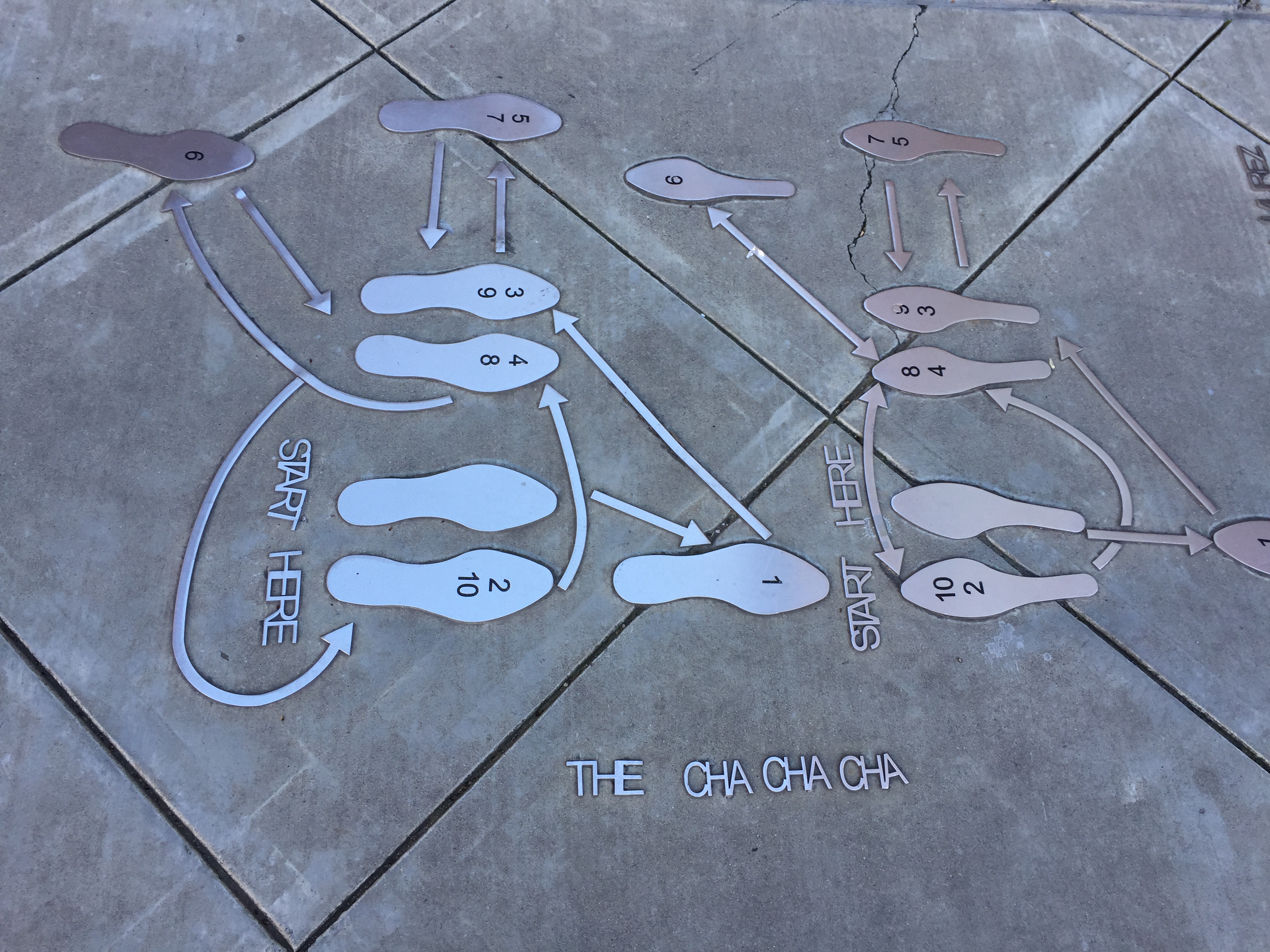
Don’t Trust Your Spellchecker
As writers, many people choose the course of least resistance. It’s easy to leave the spelling and grammar…
October 26, 2024
As writers, many people choose the course of least resistance. It’s easy to leave the spelling and grammar…
October 26, 2024
Before you fire off your proposal to a literary agent or an editor, get permission to send them your…
June 28, 2024
Every author has a challenge with their submission to an agent or editor. How can your proposal become irresistible?…
February 25, 2024
Many would-be authors are surprised to see this element in the component of an excellent book proposal. They think…
January 25, 2024
When you submit your materials, editors, agents and publishing executives prefer to read a well-crafted proposal instead of a…
September 26, 2023
That is my fear each time I search for comparative titles (comp titles) for a book proposal or query…
February 8, 2023
Within the publishing community, who you know is almost as important as what you know. Yes, it is important…
September 26, 2022
Writers Chat, hosted by Jean Wise, Johnnie Alexander, and Brandy Brow, is the show where we talk about all…
July 30, 2022
Writers Chat, hosted by Jean Wise, Johnnie Alexander, and Brandy Brow, is the show where we talk about all…
May 31, 2022
For decades, I’ve been an editor meeting with authors and reading their book submissions. Many of these submissions are…
September 25, 2021
Do you procrastinate when it comes to creating a book proposal? You aren’t alone and it is common among…
May 25, 2020
We’ve written the book, isn’t that enough? Now they want us to write a query, a pitch, a proposal,…
December 25, 2019
From my experience in publishing, editors and agents are often slow to respond to submissions. This time lag…
November 25, 2019
“What’s the difference between a fiction book proposal and non-fiction?” “Do I need the illustrations when I submit my…
January 25, 2019
No, agents and editors are not sadists. We do not ask you to write an extensive book proposal to…
September 30, 2018
My husband and I recently spent a few days in Napa Valley. We stayed in a quaint Bed and…
May 20, 2017